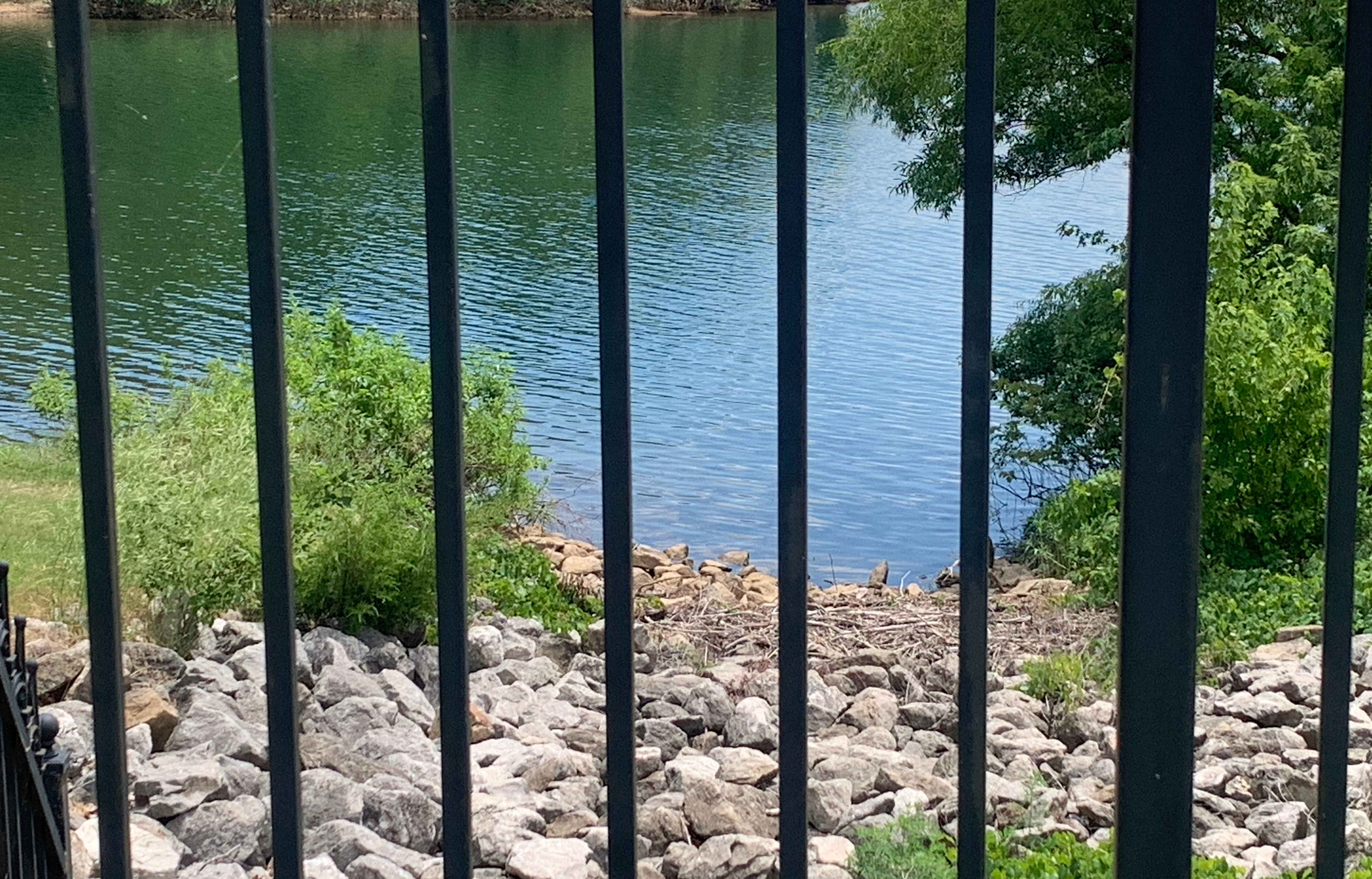City Utilities will ask for $5.2 million to bolster Springfield’s water supply and delivery system.
The Springfield Board of Public Utilities voted to authorize City Utilities President Gary Gibson to apply for grant funding through the American Rescue Plan Act (ARPA). Gibson will seek a $5 million grant for a booster pump to deliver more water through the Stockton Pipeline, and a $200,000 grant to take inventory of any service lines made of lead in the Springfield water system.
It's the chance to use one-time funding to boost the capacity of Springfield's main source of water.
The Stockton Pipeline is 30.1 miles long and 36 inches in diameter. It takes water from Stockton Lake to Fellows Lake, and that water is then pumped to the Blackman Treatment Plant in east Springfield. Fellows Lake is Springfield’s primary source for drinking water, according to a source water protection plan filed with the Watershed Committee of the Ozarks. The pipeline can currently deliver 20 million gallons per day to Fellows Lake, McDaniel Lake and a pump station at Fellows Lake.
An added booster pump would allow City Utilities to pump water from Stockton Lake at a rate of up to 30 million gallons per day, which is the maximum volume allowed through Springfield’s agreement with the U.S. Army Corps of Engineers. City Utilities Manager of Media and Energy Services Joel Alexander said the request doesn’t mean Springfield faces a water shortage.
“We are constantly evaluating the future needs and demands of the Springfield area, not just water but all the commodities and services our customers require,” Alexander said. “Water is critical to everything — and providing and delivering that to customers requires that planning is done years in advance.”

The application deadline is July 14. It’s unclear when exactly Gibson will get news of the results.
On July 6, City Utilities water customers used 40.98 million gallons of water, according to the utility’s daily volume tracker.
In 2013, Springfield elevated its drawing capacity from Stockton Lake from 15 million gallons per day to 20 million gallons per day after a severe drought in 2012. A proposal for a third allocation is under review by the Army Corps of Engineers as part of Springfield’s membership in the Tri-State Water Coalition.
“We’re not at a point where we’re overly concerned about the water supply levels but, as we do with other services, we encourage conservation year-round,” Alexander said. “With water, we can treat it, we can store it, and we can deliver it. But we can’t create it.”
Once water from Stockton Lake reaches Fellows Lake, it can be pumped to the Blackman treatment plant using four pumps, each rated at 15 million gallons per day. Water may also follow the Little Sac River to McDaniel Lake, where it can be pumped to the Fulbright Treatment Plant just north of Springfield.
Springfield also gets some of its drinking water from groundwater, with wells at Fulbright and at a well off of South Kansas Avenue.

The Fellows Lake reservoir is approximately 815 acres in size and holds 10 billion gallons of water. Its watershed is approximately 20 square miles. The earthen dam at Fellows Lake was finished in 1955. It is 102 feet high and about 2,100 feet long. The Stockton Pipeline was built in 1996.
Since the line's startup in 1996, Alexander said 37.31 billion gallons of water have passed from Stockton Lake to Fellows Lake. City Utilities pumps an average of 1.43 billion gallons of water through the pipeline each year, which equates to about 2 inches of lake level on Stockton.
City Utilities‘ tips for saving water at home
Listen for dripping faucets and running toilets. Small leaks can add up to a lot of water in a hurry. Check for leaky toilets by dropping a few drops of food coloring in your toilet tank; if, without flushing, the color appears in the bowl, you have a leak. A toilet flapper and fill valve are easy, inexpensive replacement parts.
In the shower, turning off the water while shaving can save up to 300 gallons of water a month. Turning off the water while washing your hair can save up to 150 gallons per month.
Run the clothes washer and dishwasher only when they are full.
If your shower fills a one-gallon bucket in less than 20 seconds, install a water-saving 2.0 gallons-per-minute low-flow showerhead.
Replace the aerators on faucets with new efficient models rated 1.5 gallons or less per minute.
Take shorter showers. Showering in 5 minutes or less will add up to big savings.
When taking a bath, plug the bathtub before turning on the water, then adjust the temperature as the tub fills.
Keep a pitcher of drinking water in the refrigerator to avoid the wasteful habit of running tap water to cool it for drinking.
Wash your fruits and vegetables in a pan of water instead of under a running faucet. You can then re-use the water for plants.

